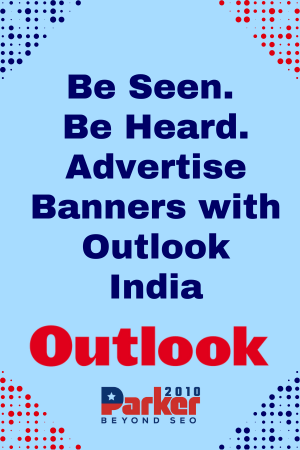What is the Barbie Box Challenge?
The Barbie Box Challenge is an exciting trend where users can turn their photos into personalized digital avatars, resembling collectible action figures inside plastic toy boxes. Using AI tools, participants can design their own “Barbie dolls,” complete with accessories and slogans that reflect their personality. These digital dolls are crafted to resemble the iconic look of Barbie or Ken dolls, often with elements from childhood toy commercials.
This trend taps into the popular Barbiecore aesthetic, which has gained significant momentum due to the success of the 2023 Barbie movie. People now use these AI tools to create fun, stylized avatars that feature their favorite outfits, accessories, and vibrant packaging. The challenge has become a hit across platforms like Instagram and TikTok, where users share their AI-generated dolls, often with hashtags like #BarbieBoxChallenge.
Why Is the Trend Going Viral?
The Barbie Box Challenge has taken off for several reasons. For many, it is a nostalgic trip down memory lane, reminding them of the Barbie dolls they once played with in the 1990s and early 2000s. The customization aspect is also appealing, as users can choose accessories such as cameras, skateboards, and even personalized slogans like “Adventure Mode On!” to enhance their doll avatars. Furthermore, the shareability of the trend, bolstered by hashtags, has sparked a viral movement.
Social media users have turned not only themselves but also public figures into digital dolls. From politicians like Donald Trump to pop culture icons, the possibilities for creativity seem endless. As one user put it, “I didn’t know I needed a mini version of myself until now!” The trend has generated countless posts and reactions, making it one of the most talked-about topics online.
How to Create Your Own AI Barbie Doll
Joining the trend is relatively easy. Here’s how you can create your own Barbie Box avatar:
- Choose an AI Tool: You can use platforms like ChatGPT or free alternatives such as Grok AI to generate your doll. ChatGPT requires a subscription, but other tools are accessible for free.
- Upload Your Photos: Select a high-quality, well-lit photo. Full-body shots work best, as they capture the entire look.
- Craft Your Prompt: For example: “Turn this photo into a Barbie doll in a pink plastic box. Add a camera, sunglasses, and a slogan: ‘[Your Name] – Explorer Extraordinaire!’ Use bright colors.”
- Refine Your Design: Once the initial doll is created, you can make adjustments to the colors, accessories, or box design.
- Download and Share: Once you’re happy with the result, download your image and share it on social media using trending hashtags.
Criticism and Concerns
As fun as the trend is, it hasn’t come without its share of controversy. Some critics have raised concerns about the environmental impact of AI. For instance, using AI tools like DALL-E is energy-intensive, consuming ten times more energy than a simple Google search. Others have pointed out issues surrounding data privacy and the ethical implications of AI-generated content. Some users have criticized AI’s ability to smooth out wrinkles on older women, pointing to how these tools may unintentionally erase diversity.
There’s also a growing debate around AI’s use of artists’ work without compensation. With AI tools scraping data from existing works, many worry about the potential harm to the creative industries.


